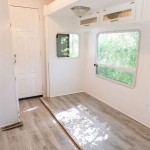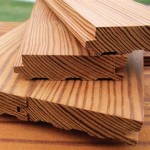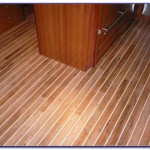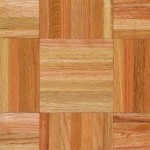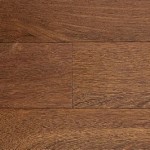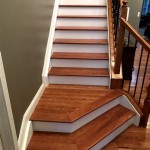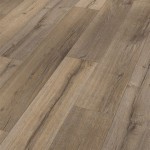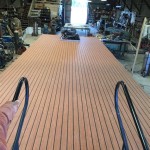Solid Wood Flooring: Exploring Its Essential Aspects
Solid wood flooring, an enduring choice for home decor enthusiasts, offers a captivating blend of warmth, natural beauty, and timeless elegance. Delve into the essential elements that define solid wood flooring, guiding you towards an informed decision for your flooring needs.
Composition and Characteristics
Solid wood flooring, as its name suggests, consists entirely of natural wood from a single species, such as oak, maple, or walnut. This composition gives it an authentic and organic character, showcasing the unique grain patterns and subtle variations inherent to each tree. The thickness of the planks typically ranges from 3/4 inch to 1 inch, providing exceptional durability and stability.
Installation Considerations
Installing solid wood flooring requires meticulous attention to detail and professional expertise. Due to its natural expansion and contraction properties, it is crucial to acclimate the planks to the indoor environment before installation and to allow for expansion gaps along the perimeter of the room. The subfloor must be carefully prepared to provide a level and stable base for the flooring. Additionally, solid wood flooring can be installed using various techniques, such as nailing, stapling, or gluing.
Finishing Options
Solid wood flooring offers a wide array of finishing options that enhance its appearance and protect its surface. Unfinished planks allow for customization, as they can be stained or painted to match specific design preferences. Pre-finished planks, on the other hand, come with a factory-applied finish, such as polyurethane or aluminum oxide, providing convenience and a durable protective layer.
Maintenance and Care
Maintaining solid wood flooring requires ongoing care to preserve its beauty and longevity. Regular sweeping or vacuuming removes loose dirt and debris, while occasional mopping with a damp cloth helps to clean the surface. To protect against scratches and wear, it is recommended to use felt pads under furniture legs and area rugs. Additionally, avoid excessive moisture, as it can cause warping or damage to the wood.
Pros and Cons
Pros:
- Natural beauty and unique character
- Durable and long-lasting
- Versatile and suitable for various design styles
- Can be refinished multiple times to renew its appearance
Cons:
- More expensive than other flooring options
- Requires professional installation
- Susceptible to moisture and temperature changes
- Regular maintenance is necessary to maintain its appearance
Conclusion
Solid wood flooring remains a classic and sophisticated choice for homeowners seeking an authentic and enduring flooring solution. Its natural beauty, durability, and versatility make it a timeless investment that enhances the ambiance of any room. By understanding the essential aspects outlined above, you can make an informed decision and enjoy the warmth and charm of solid wood flooring for years to come.

Types Of Hardwood Flooring Forbes Home

Solid Wood Flooring Usually Not A Good Idea

What Are The Reasons For Choosing Solid Wood Flooring Bvg

Bruce Sample America S Best Choice Natural Oak Solid Smooth Traditional Hardwood Flooring In The Samples Department At Com

Lightly Brushed Light Natural Uv Oiled Rustic Oak Flooring

Solid Walnut Wood Flooring British Hardwoods

Coffee Oak Hand Sc Lacquered Solid Wood Flooring 18mm

Pros And Cons Of Solid Hardwood Flooring L Artisan Du Plancher

Bellawood 3 4 In Select Red Oak Solid Hardwood Flooring 5 Wide Ll

Classic Grade Solid European Oak Flooring
Related Posts

